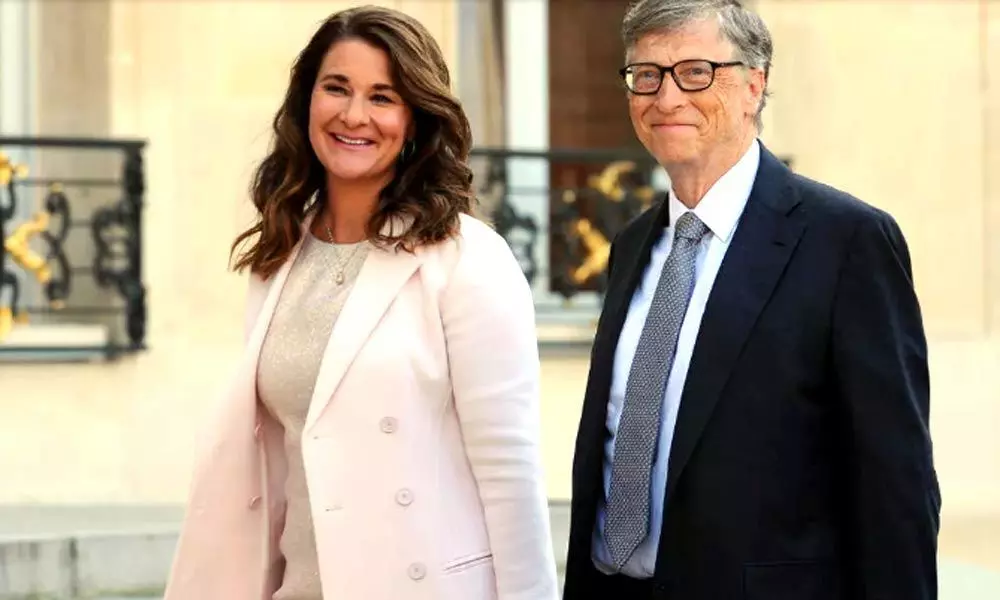Melinda Gates Foundation 20th Anniversary: Philanthropy and Success Strategy Explained

On the 20th anniversary, the 2020 annual letter explores the success strategy and their philanthropy.
Over the first 20 years, the Bill and Melinda Gates Foundation has spent $53.8 billion on its different programs, in their annual letter for 2020 the Gateses announced. The majority of that spending, around $39.8 billion, went towards global development and global health agendas.
This impressive amount makes the foundation as the most abundant giver in all of American philanthropy. In 2015, it distributed $3.8 billion whereas none of the other foundations even crossed the $1 billion limit. In the range of its giving, it is genuinely without peers.
But the 2020 annual letter explores into the strategy behind their giving, which is necessary for understanding the whole lots the Gateses have done to this point. "When [Warren Buffett] donated the bulk of his fortune to our foundation and joined us as a partner in its work, he urged us to 'swing for the fences,'" the Gateses write, with Bill adding in the margins, "You know Warren was onto something when he's got me using a sports metaphor."
Gateses meant that they should look for high leverage opportunities where a smaller investment can lead to a bigger payoff. "The goal isn't just incremental progress," they write. "It's to put the full force of our efforts and resources behind the big bets that, if successful, will save and improve lives."
It's an approach that had a substantial impact — and that should be an example for other donors and foundations who want to contribute efficiently.
Leveraging government expenses in global health
The Gates Foundation's giving is colossal — but it still pales when compared to the governments spending on similar programming. For example, a year ago, the United States funds about $11 billion in global health programs, while the Gateses have averaged $780 million a year on global health.
The Gateses' 20th-anniversary letter is remarkably clear in pointing out that the couples' and their foundation's success is not based on direct services provision or making use of their money to fund directly, say, vaccine distribution.
Instead, their success is built on leverage: precisely, the ability of the Gateses with their smaller but more flexible money pot to forge coalitions with large international organizations and governments that in turn can mobilize many more billions of dollars than the Gates Foundation alone.
The letter starts with the Gates Foundation's role in creating Gavi in 2000, a nonprofit that concentrates in offering vaccines in developing countries which cannot afford. In seed funding, they provided $750 million, and about $4 billion in funds overall. A World Health Organization report estimated that from 2000 to 2013, Gavi provided 440 million immunizations and prevented 6 million deaths. Gavi's total budget to date is more like $18 billion.
The creation of the Global Fund to Fight AIDS, Tuberculosis, and Malaria has a similar story: The Gateses played an assembling and angel-funding role in developing an organization that would eventually subsist on funding from governments. In this, the total costs are even more: by summer 2019 the Global Fund had approved $49 billion in total funding for the ground projects, out of which $18 billion were sponsored by the US government and less than $3 billion from the Gateses directly.
The Gateses relate a series of unsatisfactory investments on HIV/AIDS that, broke from this strategy of organizing governments and leveraging their funds. "In the beginning, we put a lot of resources into HIV preventatives that needed to be taken every day. For a lot of reasons, those didn't turn out as we hoped," they write. "Today we're focused on longer-lasting preventatives. Imagine if, instead of having to take a pill every day, a person could get one injection every other month, an implant in his or her arm, or even a vaccine to entirely remove the risk of getting the virus."
"If you'd asked us 20 years ago, we would have guessed that global health would be our foundation's riskiest work, and our U.S. education work would be our surest bet," the Gateses write. "It has turned out just the opposite."
They don't look to be reconsidering their approach of supplementing GAVI/Global Fund style collaborations with governments with direct scientific funding. But the last half of their strategy seems to have generated fewer concrete wins.

















